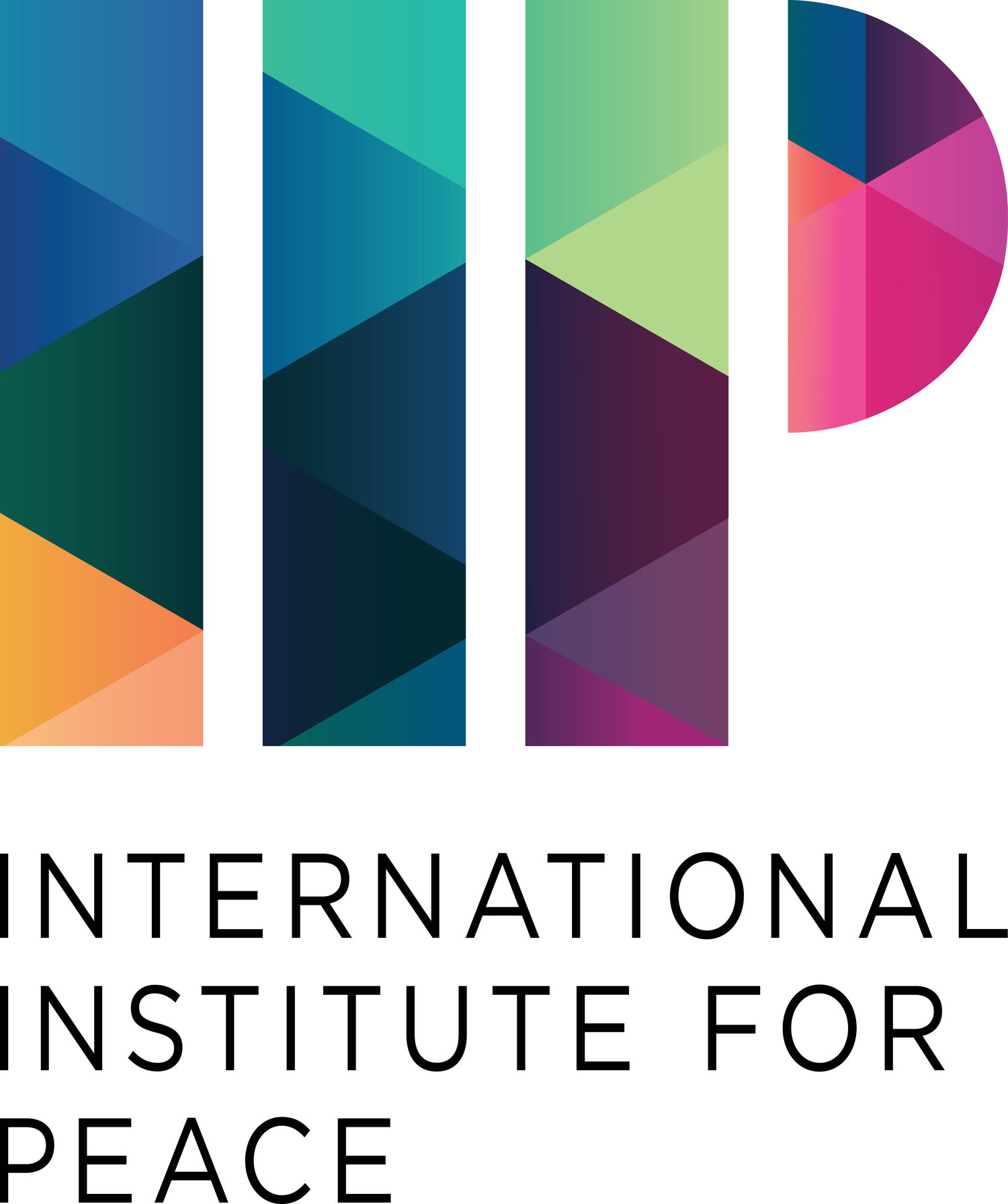Introduction:
HANNES SWOBODA, President of the IIP and former MEP
Panelists:
MYKOLA KAPITONENKO, Expert in Foreign Policy at International Centre for Policy Studies (ICPS) and Associate Professor at the Institute of International Relations of Kyiv National Taras Shevchenko University
FRED TANNER, Ambassador (ret.) Research Associate, CCDP, the Graduate Institute of International and Development Studies, Geneva; former Senior Advisor to the OSCE Secretary General, IIP Advisory Board member
ANNA ROMANDASH, Ukrainian Journalist
Moderation:
MARYLIA HUSHCHA, Research Assistant at the IIP
Content:
For Ukraine’s president Volodymyr Zelensky 2021 started with a radical turn in his political credo: from peacemaker and bridge builder to a guardian of Ukraine’s sovereignty. Late 2020 saw Zelensky’s and his party’s ratings fall dramatically in the aftermath of the local elections. The president faced a standoff with the constitutional court last December which further undermined his political power. His new approach is aimed to attract more nationalistically minded public. While previously tolerating and even cooperating with Ukrainian oligarchs, in early 2021 he turned against one of Ukraine’s wealthiest men – Viktor Medvedchuk – who is also known for his close relations with the Kremlin. It remains to be seen whether sanctioning Medvedchuk and banning his TV channels from broadcasting in Ukraine was informed by Zelensky’s wish to restore his own popularity or a genuine desire to rid Ukraine of the oligarchic system. While it is too early to judge, another development might speak in favor of the latter: In April Zelensky proposed a bill on the status of oligarchs in the country that should limit their overwhelming influence on Ukrainian economy and politics.
While domestic power fights preoccupied the president in the last months, a new escalation of the conflict in Ukraine’s east came dangerously close to turning into an open military confrontation with Russia. In February, Ukraine had relocated some of its troops closer to the Donbas region. At the end of March and in early April Russia started to massively gather its troops close to the Russian-Ukrainian border and Crimea, including dozens of navy ships and hundreds of warplanes. Announced as military drills in western regions, they were clearly meant to demonstrate Russia’s military strength. While voices on both the Russian and Ukrainian sides claimed the countries did not want to start a hot conflict, the danger of a mistake or misinterpreted signal leading to an open war was looming large for a while. On April 23, Russia began to withdraw its troops away from Ukraine’s borders. However, tensions remained and new escalations are still possible. The problems of Eastern Ukraine have reemerged on the international agenda, including the stalled peace process, Russia’s policy of passportization in the region and Kyiv’s lack of tools to turn the conflict dynamics in its favor.
Until today, the Minsk agreements remain the only negotiation framework agreed upon by Ukraine and Russia. However, in practice their implementation seems largely unfeasible. The panel discussion will look at the conflict in Eastern Ukraine, assessing how it has been impacted in the recent months by domestic developments, the recent escalation with Russia and Moscow’s approach towards the self-proclaimed republics in the Donbas. Experts will discuss the role of international actors in it, such as the United States’ new administration, Europe and the OSCE, and their potential to reinvigorate a meaningful negotiations process.

